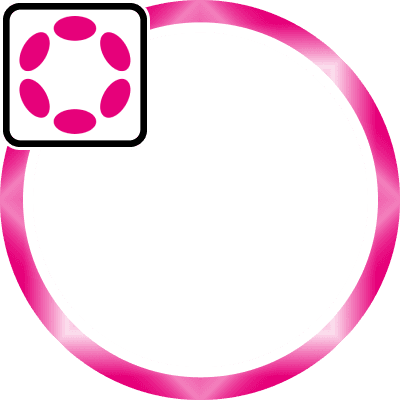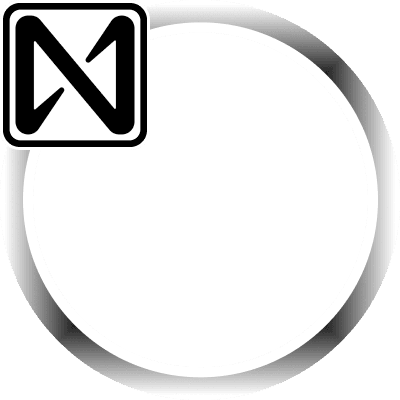Polkadot, a multi-chain interoperability platform, has emerged as a significant player in the blockchain ecosystem. Designed to enable different blockchains to transfer messages and value in a trust-free fashion, it seeks to make a web where our data is our own and isn’t stored on a server owned by an intermediary company. Its unique architecture and vision for a decentralized web have garnered significant attention and investment.
Historical Overview
Polkadot was founded by Dr. Gavin Wood, one of the co-founders of Ethereum, in 2016. Recognizing the limitations of single-chain architectures, Wood envisioned a multi-chain framework that could address scalability, interoperability, and governance issues inherent in earlier blockchain designs. The project’s genesis block was launched in May 2020, marking the beginning of its operational phase.
Technical Architecture
Relay Chain
At the heart of Polkadot is the Relay Chain, which facilitates the interoperability of multiple chains. It’s responsible for the network’s shared security, consensus, and cross-chain interoperability.
Parachains
Parachains are individual blockchains that run in parallel within the Polkadot ecosystem. They can have their own tokens and optimize their functionality for specific use cases.
Bridges
Bridges allow Polkadot to connect and communicate with external blockchains like Ethereum, expanding the interoperability beyond just the Polkadot ecosystem.
Substrate Framework
Substrate is a modular framework that enables developers to create custom blockchains for the Polkadot ecosystem. It simplifies the development process, allowing for more rapid innovation and deployment.
Economic Model
Polkadot operates on a native token called DOT. This token serves multiple purposes:
- Governance: DOT holders have a say in the governance of the network, including protocol upgrades and fixes.
- Staking: To ensure the security of the Relay Chain, DOT tokens are staked. Validators and nominators are incentivized to act honestly with rewards.
- Bonding: New parachains are added to the network by bonding tokens.
Community and Governance
Polkadot places a strong emphasis on decentralized governance. DOT token holders can propose changes to the network, and these proposals are voted on by the community. This ensures that the network evolves in a way that reflects the needs and desires of its users.
Comparisons with Other Networks
Polkadot is often compared to other interoperability projects like Cosmos. While both aim to connect different blockchains, their approach and architecture differ. Polkadot’s shared security model and Relay Chain set it apart, offering a level of mutual trust between chains that’s unique in the space.
Future Prospects and Developments
Polkadot continues to grow and evolve. With its focus on fostering a decentralized and interconnected web, it’s at the forefront of blockchain innovation. As more parachains join the network and as the ecosystem matures, Polkadot is poised to play a pivotal role in the future of decentralized applications and cross-chain integration.










